Real Life Accident: Sleeping During Watch Leads to Grounding of Vessel
After loading, the vessel left port at 2300. The Master decided that the AB assigned to the 0000-0400 watch would not be required for lookout duties. Near midnight, the second officer arrived on the bridge to relieve the Master. After plotting the vessel’s midnight position on the chart, the Master handed the watch to the second officer but remained on the bridge to complete some paperwork and to monitor the vessel’s transit through some restricted waters. Once in more open water, the second officer engaged the autopilot and the Master left the bridge for some rest.
At 0256, the vessel reached a waypoint and the second officer adjusted the vessel’s course to 311 degrees. He then went out to the starboard bridge wing to get some fresh air. When he returned to the wheelhouse, he secured the starboard bridge door in the fully open position and sat in the port bridge chair. Shortly afterwards he fell asleep.
The vessel passed the next planned waypoint and maintained her course for just over 2½ miles, at about 10.5 knots. The OOW woke up and, sensing something was wrong, he immediately moved the engine control to neutral, and then full astern, but the vessel grounded nonetheless.
At the time of the accident, the wind was south-westerly force 3, the sea was calm and the visibility was good.
Some of the findings of the official MAIB report
- While ergonomically efficient, the bridge design encouraged the OOW to sit down, which increased the potential for him to fall asleep.
- The OOW’s method of navigation provided little stimulation and allowed him to remain inactive for extended periods of time which further increased the potential for him to fall asleep.
- Although the OOW had gone out to the starboard bridge wing to get some fresh air, and had then secured the starboard bridge door in the fully open position, his actions were insufficient to prevent him from falling asleep.
- The lack of a lookout removed a valuable control measure in that his interaction with the OOW might have prevented the latter from falling asleep. Additionally, if a lookout had been present on the bridge, he would have been in a position to immediately wake the OOW.
- Routine absence of a lookout on watch at night without incident would have reinforced a belief that it was safe to operate the vessel in that way, and would have influenced the Master’s decision not to employ a lookout on this occasion. The OOW was possibly fatigued when he arrived on the bridge for his watch.
- The bridge navigation watchkeeping alarm system (BNWAS) was probably not switched on during the period leading up to the grounding, and the ECS and GPS audible alarms were insufficiently loud to wake the sleeping second officer.
Do you have info to share with us ? Suggest a correction
- Real Life Incident: Vessel Collision in Good Visibility
- Real Life Incident: Severe Injury To Deck Crew While Leaving Berth
- Real Life Incident: Departure Damage in Very Restricted Waterway
- Real Life Incident: Low Situational Awareness Has High Impact Consequence
- Real Life Incident: Fouled Anchor in a Designated Anchorage
- Real Life Incident: Fire On Barge Carrying Scrap Metal Causes $7 Million Worth Of Damage
Latest Case studies Articles You Would Like:
Subscribe To Our Newsletters
By subscribing, you agree to our Privacy Policy and may receive occasional deal communications; you can unsubscribe anytime.
Web Stories












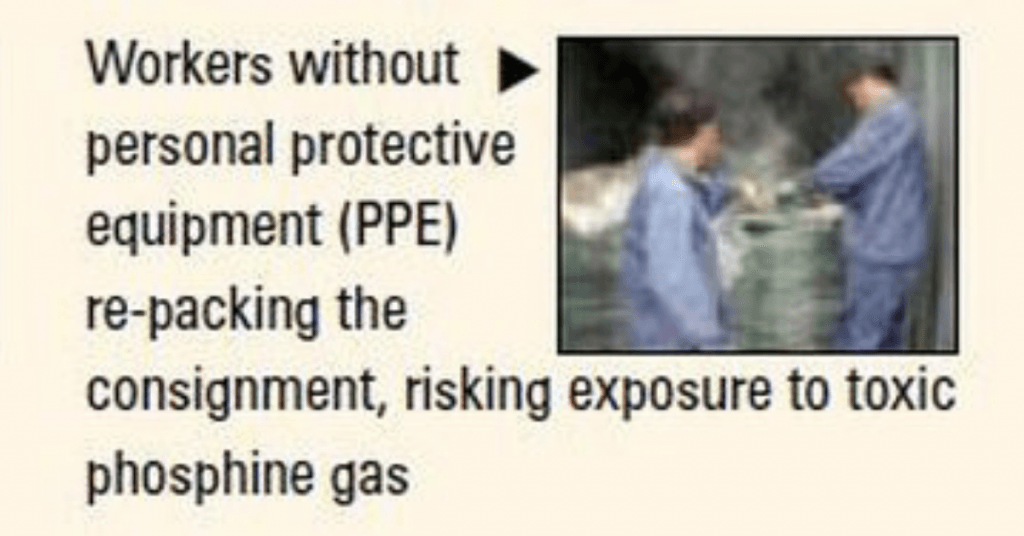
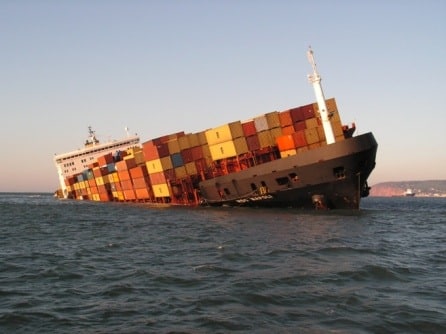
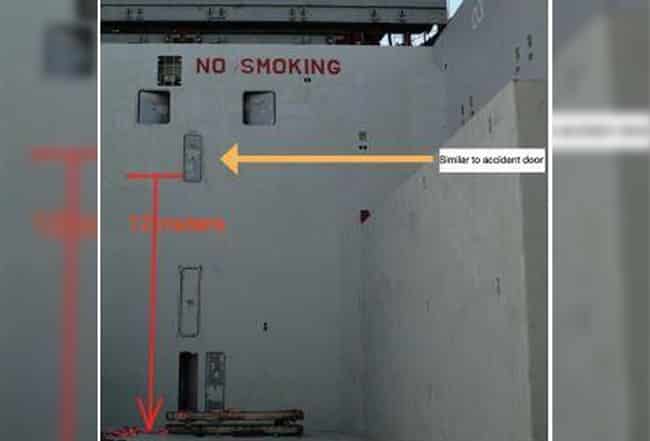
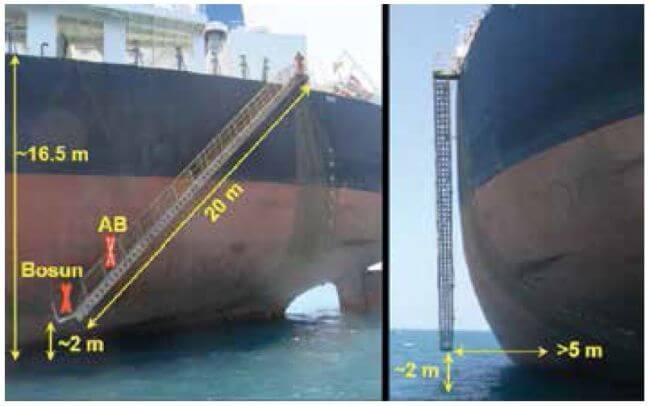
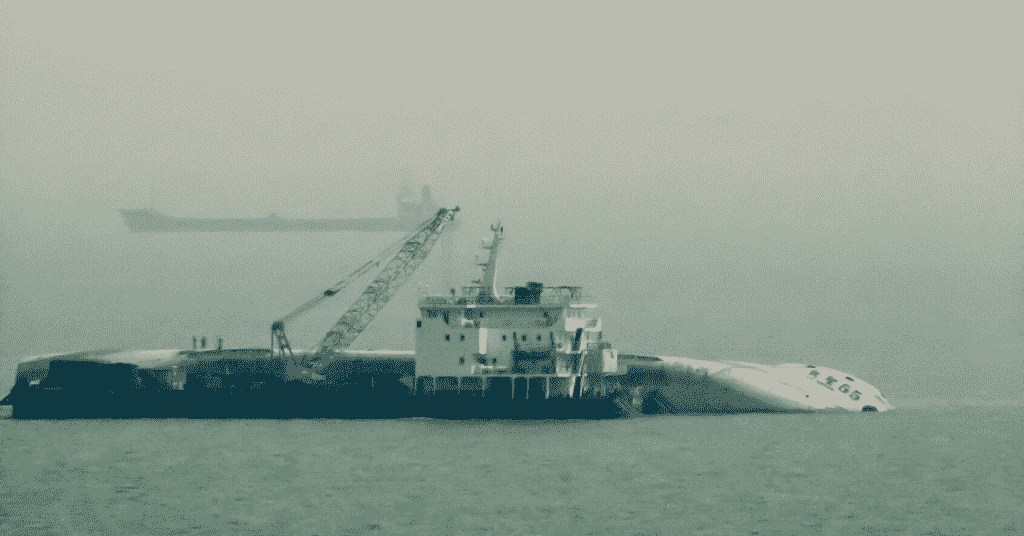





The risks of being alone on watch. 🙁